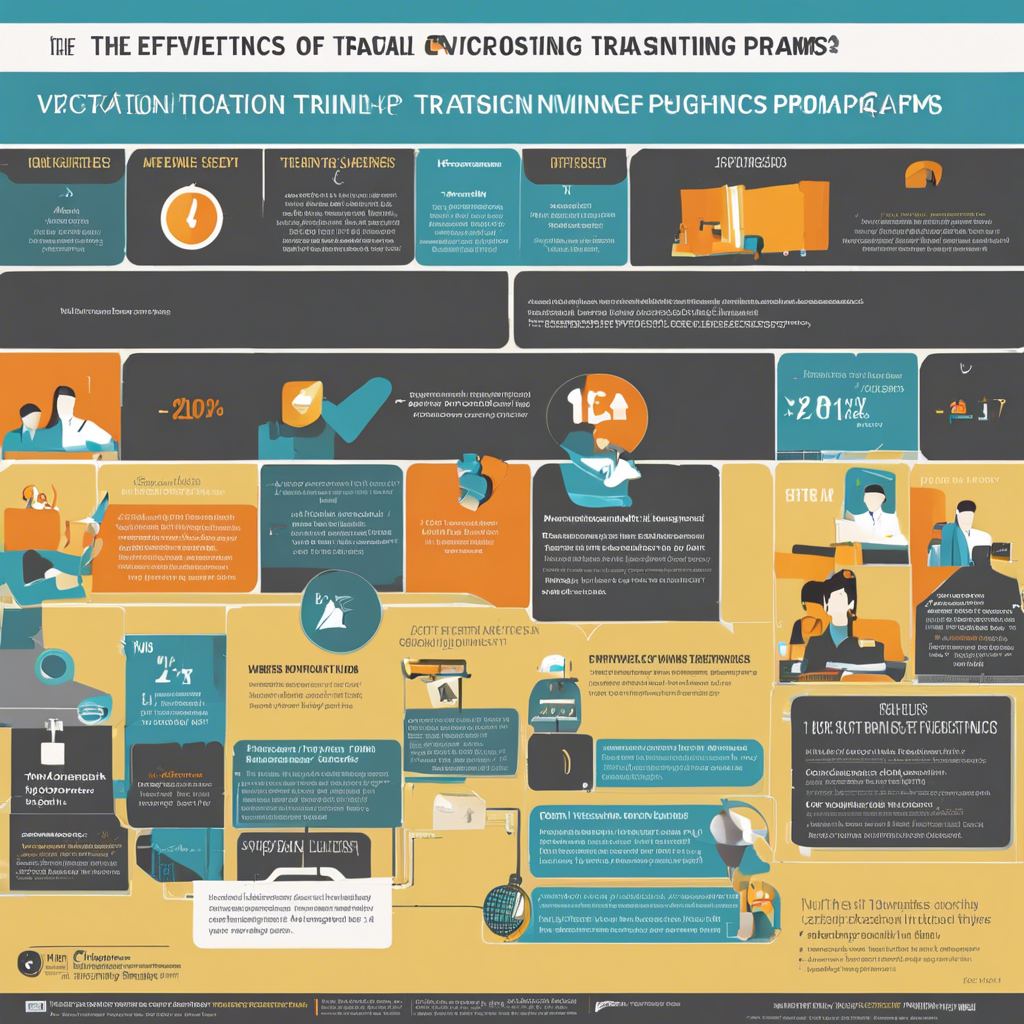An investigation into the impact of vocational training programs on reintegration. Do they help reduce recidivism and improve employment rates?
Vocational training programs have been touted as a powerful tool for individuals transitioning back into society, particularly those with criminal records. These programs aim to provide individuals with the skills and certifications needed to secure employment, thereby reducing the likelihood of reoffending. This article explores the effectiveness of vocational training in achieving these goals and examines the factors contributing to successful reintegration.
Vocational Training as a Reintegration Tool
Vocational training programs have gained recognition as a promising approach to helping individuals with criminal records reintegrate into society and lead productive, law-abiding lives. By offering specialized training in various trades and professions, these programs aim to equip participants with the skills and credentials necessary to secure gainful employment.
According to a 2014 research brief by RAND Corporation, vocational training programs can significantly enhance the employment prospects of people with criminal records. By providing them with marketable skills and certifications, these programs reduce barriers to employment and improve their chances of securing stable jobs.
Key Findings
The effectiveness of vocational training programs extends beyond simply improving employment rates. Research has shown that these programs can have a substantial impact on reducing recidivism rates, which is a critical aspect of successful reintegration.
Impact on Recidivism
Numerous studies have examined the relationship between vocational training programs and recidivism, yielding compelling results. A comprehensive research review by the Campbell Collaboration analyzed various vocational training interventions and found that participants who received such training were significantly less likely to reoffend compared to those who did not.
Factors Influencing Success
The success of vocational training programs in reducing recidivism can be attributed to several key factors. Firstly, these programs provide individuals with a sense of purpose and structure, which is often lacking after release from incarceration. The acquisition of new skills and the prospect of employment can serve as powerful motivators to stay away from criminal activities.
Additional Benefits
Vocational training programs offer more than just technical skills. They often incorporate life skills training, including communication, problem-solving, and conflict resolution, which are essential for successful reintegration. Furthermore, these programs facilitate mentorship and networking opportunities, connecting participants with support systems and positive role models.
Tailored Approaches
The effectiveness of vocational training programs can be further enhanced by tailoring them to individual needs and interests. Recognizing that one size does not fit all, successful programs offer a range of training options, allowing participants to choose fields aligned with their passions and strengths. This personalized approach improves engagement and motivation, increasing the likelihood of successful outcomes.
Conclusion
Vocational training programs, when designed and implemented effectively, can serve as a powerful tool for reducing recidivism and improving the lives of individuals with criminal records. By combining skills training, life skills development, and personalized support, these programs offer a holistic approach to reintegration, fostering a sense of purpose and empowerment.
FAQs
1. How do vocational training programs contribute to successful reintegration?
Vocational training programs provide individuals with marketable skills, certifications, and a sense of purpose, reducing barriers to employment and promoting law-abiding behavior.
2. What are the benefits of vocational training beyond employment?
Vocational training often includes life skills training, mentorship, and networking opportunities, promoting personal growth, social support, and a smoother reintegration process.
3. Are all vocational training programs equally effective?
Program effectiveness varies. Tailoring programs to individual needs, offering a range of training options, and providing personalized support significantly contribute to better outcomes.
Conclusion
Vocational training programs have proven to be a valuable asset in the journey of reintegration for individuals with criminal records. These programs not only enhance employment prospects but also play a crucial role in reducing recidivism and fostering personal growth. By combining skills development, life skills training, and tailored support, these programs empower individuals to break free from the cycle of incarceration and lead fulfilling, law-abiding lives. As research continues to demonstrate their effectiveness, investment in high-quality vocational training programs becomes an increasingly promising strategy for successful reintegration.
External Resources:
1. Vocational Training and Employment Outcomes for Formerly Incarcerated People
2. Employment and Vocational Training Programs for Offenders Released From Prison
3. Evaluation of a Post-Secondary Correctional Vocational Training Program
